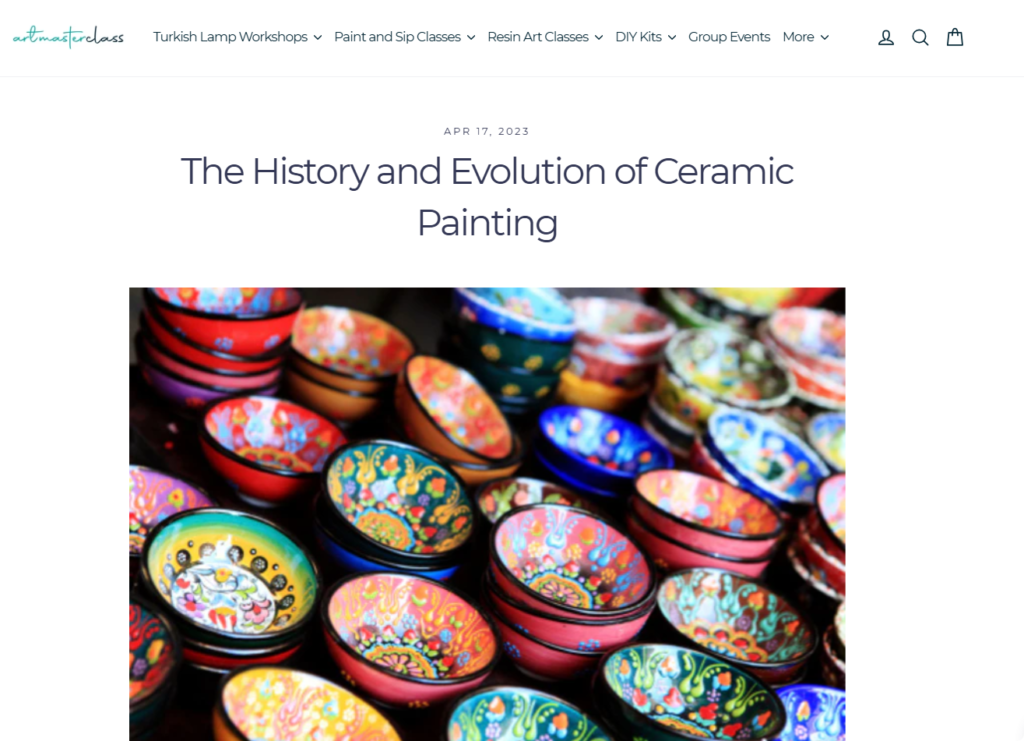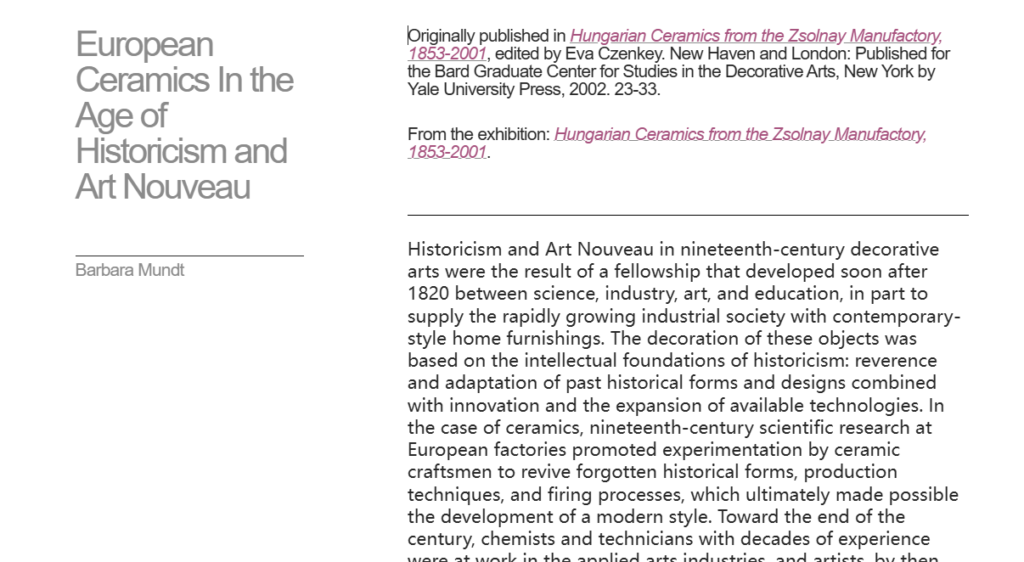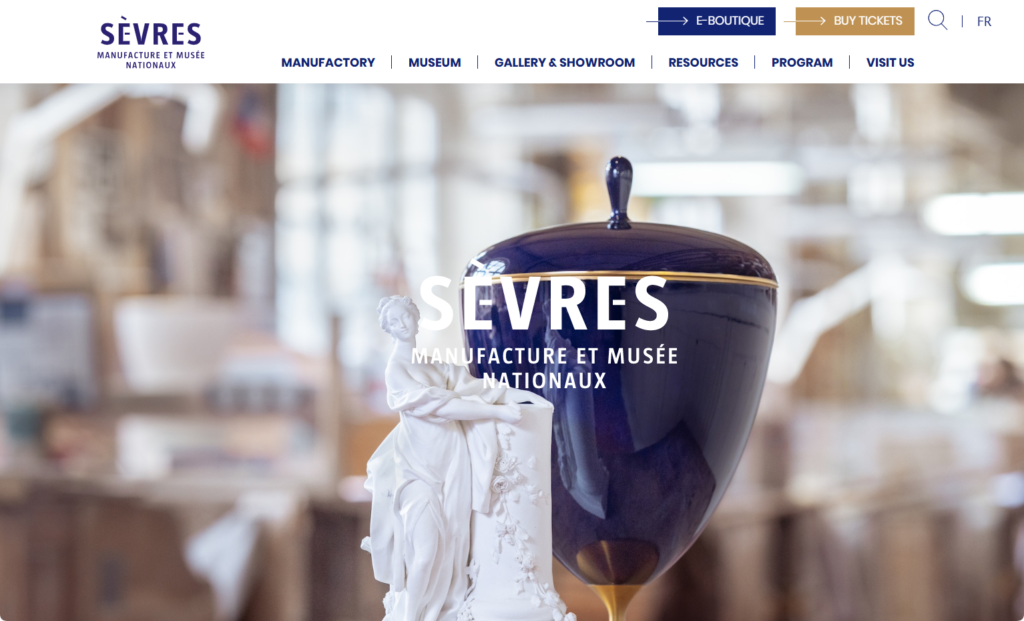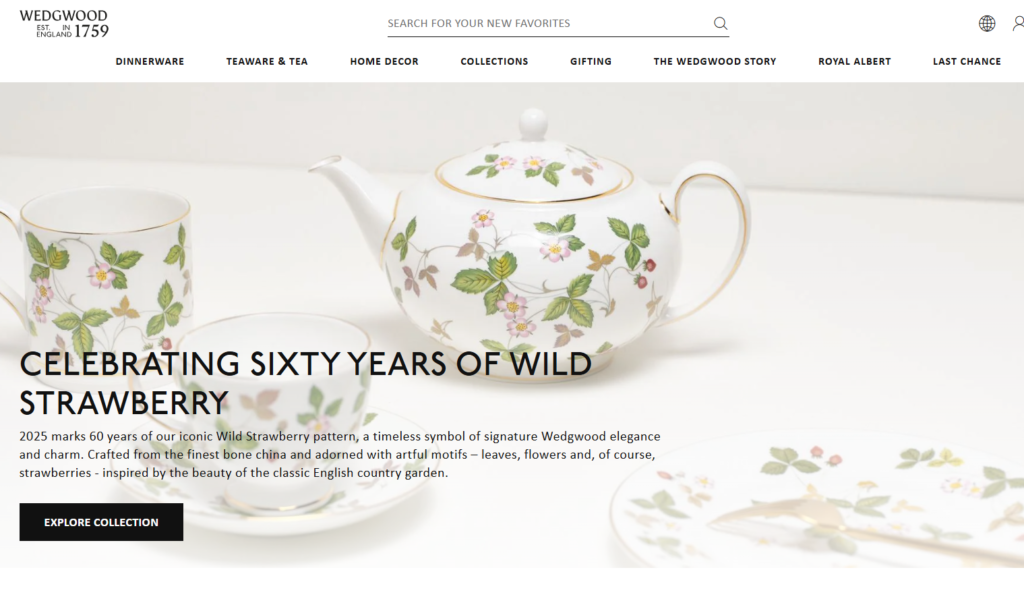Hand-painted ceramic dishes have a rich history that spans across different cultures, regions, and eras. From their early origins in ancient civilizations to their modern-day resurgence, these dishes have maintained their unique allure, combining artistry and functionality. In this article, we will explore the evolution of hand-painted ceramic dishes, examining their cultural significance, artistic transformation, and how they continue to thrive in contemporary times. As we trace this evolution, we will also highlight the growing popularity of hand-painted ceramics in today’s market, especially for home and kitchenware buyers, gift merchants, and cross-border e-commerce sellers.
1. Ancient Beginnings: The Origins of Hand-Painted Ceramics
The use of ceramics dates back to the Neolithic period, around 10,000 BCE, when early humans discovered the ability to shape and fire clay to create useful and durable vessels. While the primary purpose of early ceramic dishes was utilitarian—such as for storing food or water—the advent of hand-painting transformed these items into expressions of culture and artistry.

Key Early Civilizations:
- Mesopotamia & Egypt: Ancient civilizations like Mesopotamia (modern-day Iraq) and Egypt first explored the concept of decorating ceramics. Early potters used natural pigments and primitive glazing techniques to create simple geometric patterns or symbolic representations of deities and everyday life.
- China: Around 2000 BCE, ancient Chinese potters began to experiment with porcelain and glazing techniques. The Tang Dynasty (618–907 CE) is considered a particularly significant period for the development of hand-painted ceramics, with skilled artisans creating intricate designs featuring floral motifs, landscapes, and mythical creatures.
2. Classical and Medieval Eras: Artistic Flourishing
As cultures advanced, so did the complexity of ceramic art. The Greek, Roman, and Persian civilizations contributed significantly to the development of ceramic techniques, producing stunning hand-painted pottery that was both functional and decorative.
Greek Pottery:
The ancient Greeks are famous for their black-figure and red-figure pottery styles, with detailed depictions of mythological scenes, gods, and daily life. These ceramics were painted with fine brushes, and often used a combination of gloss and matte glazes to create contrast.
Islamic Ceramics:
In the Islamic world, potters in the Middle East and North Africa began to develop their own distinctive hand-painting techniques. The use of geometric patterns, calligraphy, and floral designs became characteristic of Islamic ceramics, which were often brightly colored with glazes made from minerals such as copper and cobalt.
Europe During the Middle Ages:
In medieval Europe, particularly in Spain and Italy, ceramics began to evolve with new glazing methods, such as tin-glazing, which allowed for bright, opaque colors. Majolica, a popular tin-glazed pottery from Italy, was hand-painted with elaborate designs and often depicted religious scenes.
3. The Renaissance: The Height of Hand-Painted Ceramics
The Renaissance period (14th–17th centuries) marked a revival of hand-painted ceramics in Europe. This era saw an explosion of creativity and craftsmanship, as artists began to experiment with new themes, techniques, and color palettes.

Italian Majolica:
Majolica reached its zenith in Renaissance Italy, where potters created beautifully glazed dishes that were adorned with vibrant, detailed hand-painted scenes. These dishes often depicted biblical stories, Greek and Roman mythology, and elaborate floral and geometric patterns.
Spanish and Portuguese Influence:
Meanwhile, in Spain and Portugal, hand-painted ceramics gained popularity with vibrant cobalt blue designs on white backgrounds, a hallmark of Iberian pottery. These ceramics often featured stylized floral motifs or scenes from daily life.
4. The Industrial Revolution: The Advent of Mass Production
The Industrial Revolution (18th–19th centuries) brought about significant changes in the production of ceramic dishes. With the advent of mechanization, mass production allowed ceramic manufacturers to create large quantities of products at a lower cost. This period saw the emergence of machine-made ceramics, which, while affordable, often lacked the craftsmanship of their handmade counterparts.
Impact on Hand-Painted Ceramics:
- Decrease in Production: As mass production took over, the demand for hand-painted ceramics dwindled. However, certain potteries continued to specialize in high-quality handmade pieces for the elite, where craftsmanship was valued above mass-produced goods.

- New Techniques: Despite the rise of industrialization, some ceramic manufacturers, such as Wedgwood and Sèvres in England and France, continued the tradition of hand-painting, often focusing on fine porcelain dishes and limited-edition designs. These ceramics, especially in the form of tea sets and dinnerware, became highly sought after by collectors.

5. 20th Century: A Blend of Tradition and Innovation
In the 20th century, hand-painted ceramic dishes experienced a revival as people began to appreciate the craftsmanship and individuality of artisanal work. This period saw the blending of traditional techniques with modern aesthetics, making hand-painted ceramics a desirable option for both collectors and everyday consumers.
Art Nouveau and Art Deco Styles:
The Art Nouveau (late 19th century) and Art Deco (early 20th century) movements embraced ceramics as a medium for artistic expression. Potters began to experiment with bold shapes and vibrant colors, incorporating flowing, organic lines and geometric patterns into their hand-painted designs.
The Rise of Local Artisans:
As interest in handcrafted items grew, the 20th century also saw the rise of local artisan studios producing hand-painted ceramic dishes. From Mexico’s Talavera pottery to Japan’s kutani ware, these handcrafted ceramics embraced cultural and regional identity through intricate hand-painted designs.
6. Contemporary Hand-Painted Ceramics: A Global Movement
In today’s globalized world, hand-painted ceramics continue to thrive, with a growing demand for unique, sustainable, and aesthetically pleasing dinnerware. The rise of e-commerce and the increasing interest in artisanal goods have brought hand-painted ceramics back into the spotlight, with consumers seeking distinct pieces that reflect craftsmanship and cultural heritage.
Sustainability and Eco-Friendly Practices:
As environmental consciousness grows, many ceramic artists and manufacturers have turned to eco-friendly practices, using natural glazes and locally sourced materials. Hand-painted ceramics are seen as a sustainable alternative to mass-produced goods, offering durability and timeless appeal that can be passed down through generations.
Customization and Personalization:
Another trend driving the demand for hand-painted ceramics is the rise of customization. Many consumers, especially through cross-border e-commerce platforms, are seeking personalized ceramic pieces. This has opened up new opportunities for global manufacturers to meet the unique demands of customers, offering bespoke designs for home use or as special gifts.
7. Hand-Painted Ceramics Today: A Marketplace for Art and Function
Hand-painted ceramic dishes are no longer just collectibles; they are becoming integral parts of modern home decor, kitchenware, and even gift markets. From luxury brands to independent artisans, the market for hand-painted ceramics has become diverse and vibrant.
| Hand-Painted Ceramics in Different Eras | Characteristics |
|---|---|
| Ancient Civilizations (Egypt, Mesopotamia, China) | Simple, symbolic, utilitarian with early glazing techniques |
| Classical and Medieval (Greek, Roman, Islamic) | Intricate mythological and geometric designs, more refined glazes |
| Renaissance (Italy, Spain) | Majolica pottery with religious and mythological scenes, vivid colors |
| Industrial Revolution (18th-19th Century) | Mass production reduces demand for hand-painted dishes, but high-end potteries maintain tradition |
| Modern Era (20th Century Onwards) | Art Nouveau and Art Deco styles, incorporation of bold colors and modern shapes |
| Contemporary Era (21st Century) | Focus on sustainability, customization, and personalization for global markets |
Conclusion: Why Choose EKA for Hand-Painted Ceramics?
At EKA, we specialize in crafting high-quality ceramic tableware that combines artistry with functionality. Our hand-painted ceramic dishes are designed with attention to detail, offering unique patterns and customization options for both home kitchenware and as personalized gifts. With the growing demand for hand-painted ceramics worldwide, EKA offers a perfect balance of traditional craftsmanship and modern trends, ensuring that each piece is not only a work of art but also a practical addition to your home.
Whether you’re a home decor enthusiast, a global buyer looking for unique kitchenware, or a cross-border e-commerce seller in search of distinctive products, EKA’s hand-painted ceramics are sure to meet your needs. Our commitment to quality, customization, and sustainability makes us a trusted partner for clients around the globe.
In a world that celebrates mass production, hand-painted ceramic dishes offer a personal touch that reflects craftsmanship, culture, and creativity. At EKA, we’re proud to continue the legacy of hand-painted ceramics, delivering timeless pieces that bring both beauty and utility to your life.

